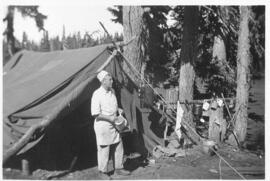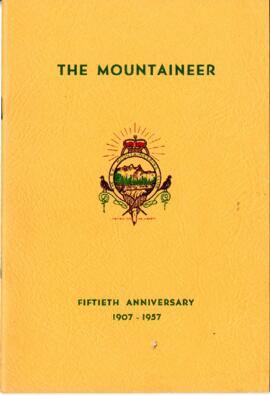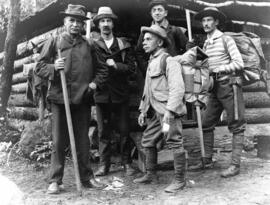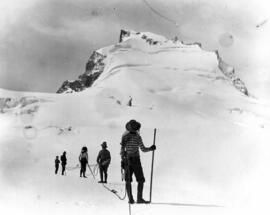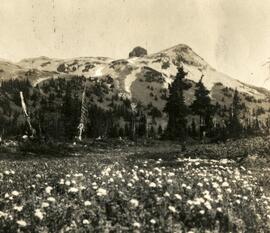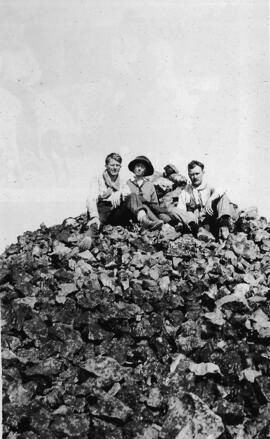This is a good, short little breakdown of the main attempts on the Mount Garibaldi peaks.
Alpine Club of Canada - Vancouver SectionElements area
Taxonomy
Code
Scope note(s)
- One of the largest and most accessed parks in southern British Columbia. Accessible year-round, Garibaldi parks contains everything from simple hill walks to advanced mountaineering.

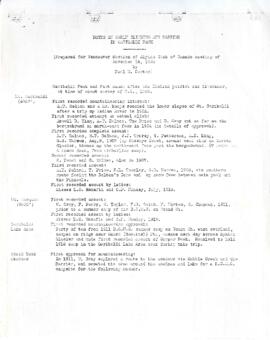
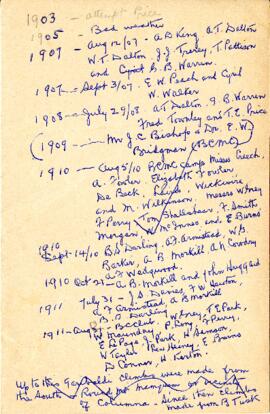
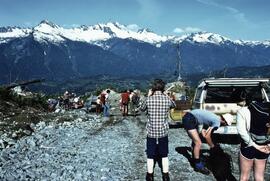
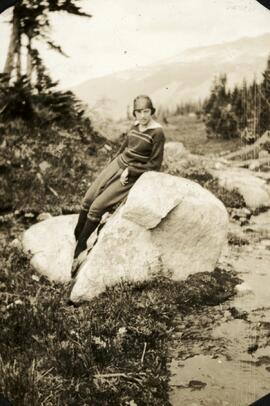
![[Bill Dobson and Jack Sutherland on Garibaldi Lake, Easter week 1928.]](/uploads/r/passion-for-adventure/b/0/0/b00721daa5ce2767407294e77e8206c3642491e9d7124a67f74ba464fcafe4cf/F205-8.009_142.jpg)
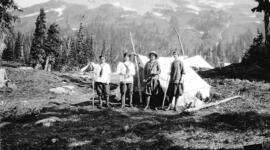

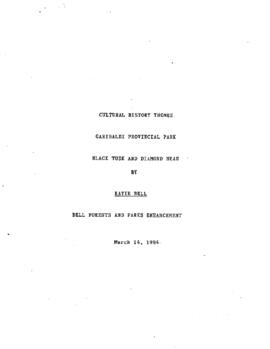
![[Excerpt from Dick Chambers April 1997 Interview]](/uploads/r/passion-for-adventure/b/d/6/bd6b59d96ab426d7bfad4e8a2d6406d740938c231376f7eb403ddac7ad471384/F205-S22-DC.jpg)
!["First Ascent [Fitzsimmons Peak], 1924"](/uploads/r/passion-for-adventure/1/a/f/1af2ad6843a10f07b8d6e4841cd31ecd53010276ddc9acbb0dca1906fe2b9a74/F205-12.153_142.jpg)
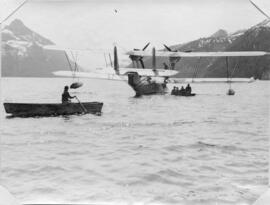
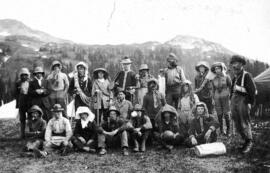
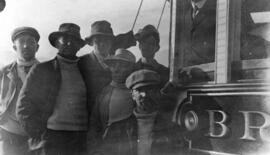



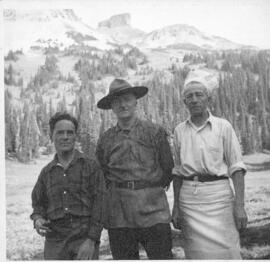
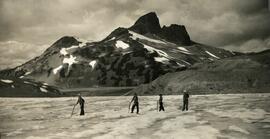
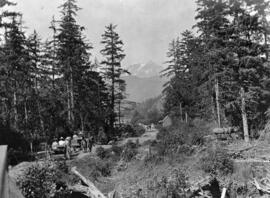
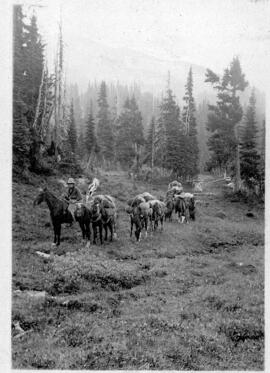
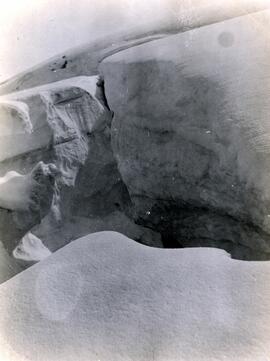
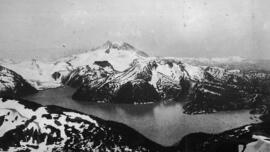
![[Letter from the BCMC to the BC Provincial Lands Department regarding the Creation of Garibaldi Park]](/uploads/r/passion-for-adventure/9/1/c/91cc682e1cb246ea501283bb14ac1c4c033fc9ad5161a6c1dcc7009aae3b0b01/F205-S12_12-7_-i2_142.jpg)

![[Map of Mt. Garibaldi]](/uploads/r/passion-for-adventure/9/a/c/9ac43ec576b2804e2959462a1e7edec1dc1204eaf0b33b8e40ae10556360528c/F223-S3-f1-C-A2_142.jpg)
!["Me [Nellie Chapman] at Garibaldi, B.C. in the B.C. Mountaineering Club. Grouse Mtn. Club. 1910"](/uploads/r/passion-for-adventure/4/7/6/4766bbdf7da03c73362ea109ebbf3e2cad279496fdafc9753c74c5dd710c6c5a/F205-64-037_142.jpg)
!["Me [Nellie Chapman], Phyllis Dyke, Rachel Moore, Mable Burns, Phong anchorman, glacier at Garibaldi, 1910"](/uploads/r/passion-for-adventure/d/b/b/dbb98b5fa1e6fb8329ede57709124aa0151806a55f559e3eeccf82ad99f41aec/F205-64-017_142.jpg)
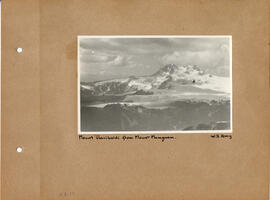
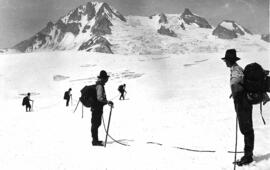
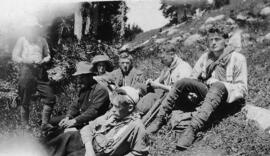
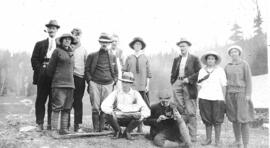
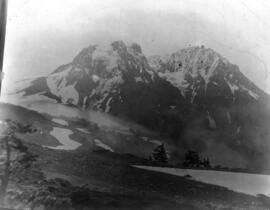
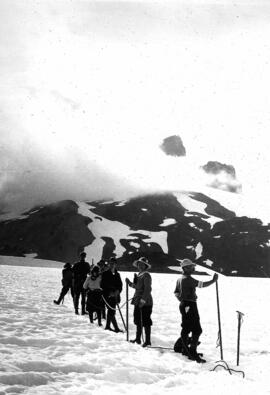
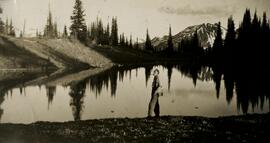
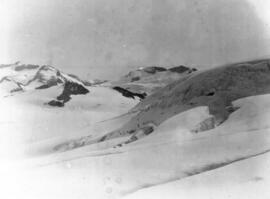
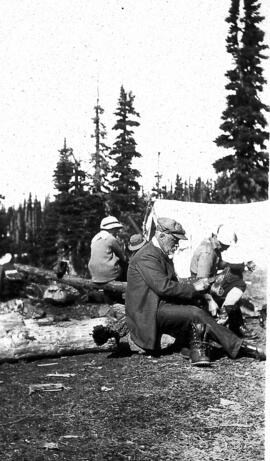
![[Photocopied ACC Letter to the Premier of BC advocating for the creation of Garibaldi Park]](/uploads/r/passion-for-adventure/0/d/3/0d3ee8f50754e4f4a2d3a86ef31c6a7ef4a9b633f81ac7dbe53f4439f5294c3b/F205-S12_12-7_-i3_142.jpg)
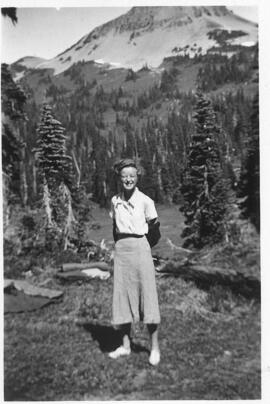
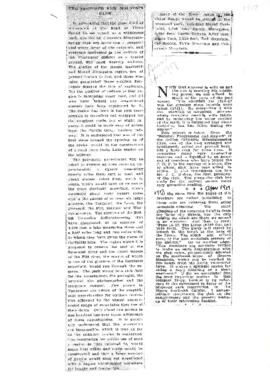

![[Skiing in Garibaldi Park]](/uploads/r/passion-for-adventure/7/8/f/78fbb69c12eedd44c1896ff3320c74da6c6ea2f89e4870c0431f41428e54bd1b/F229-_2-9_-i1_142.jpg)
!["The Black Tusk. Garibaldi: Holly and I [Nellie Chapman] climbed part way up this chimney and through the shale which slid from us... rather exciting. Snow in side slope of moving glacier. 1910"](/uploads/r/passion-for-adventure/9/3/7/937418a4305e3393cb9bc6fd89b2fb13aca91cb5feb8162fe780124887d0e155/F205-64-023_142.jpg)

